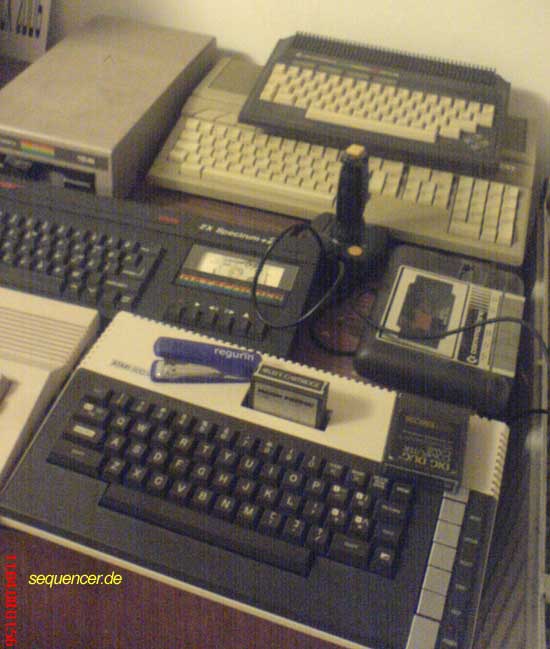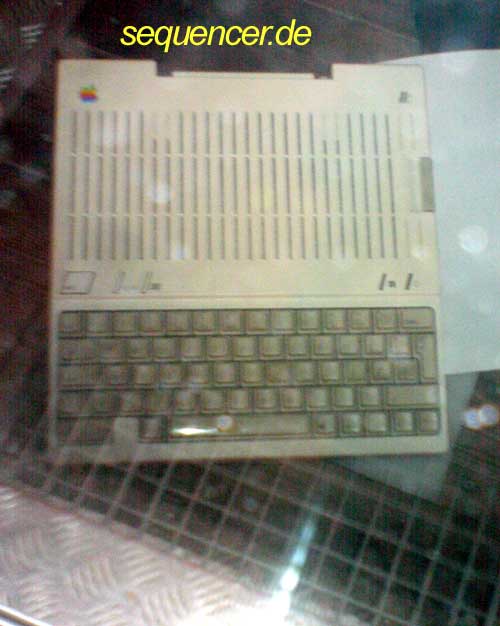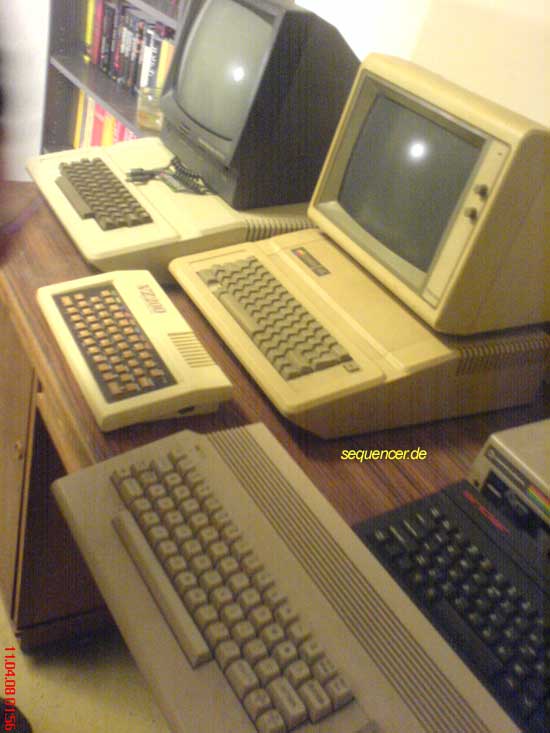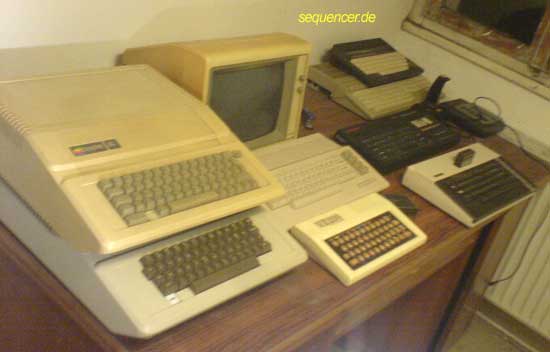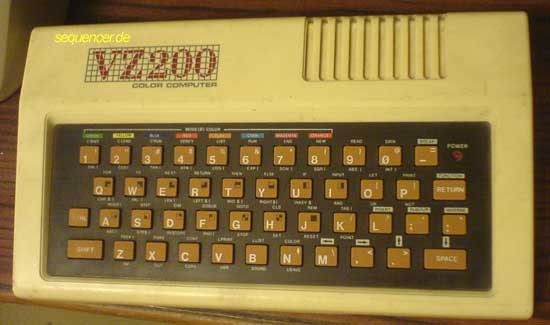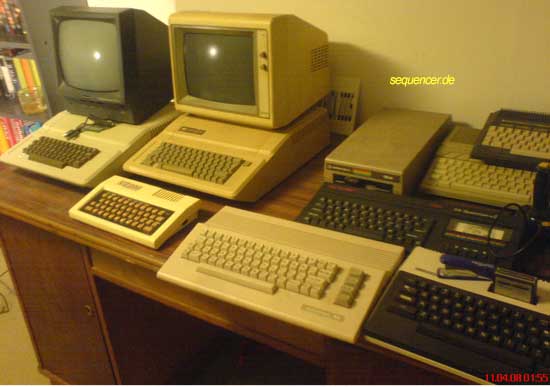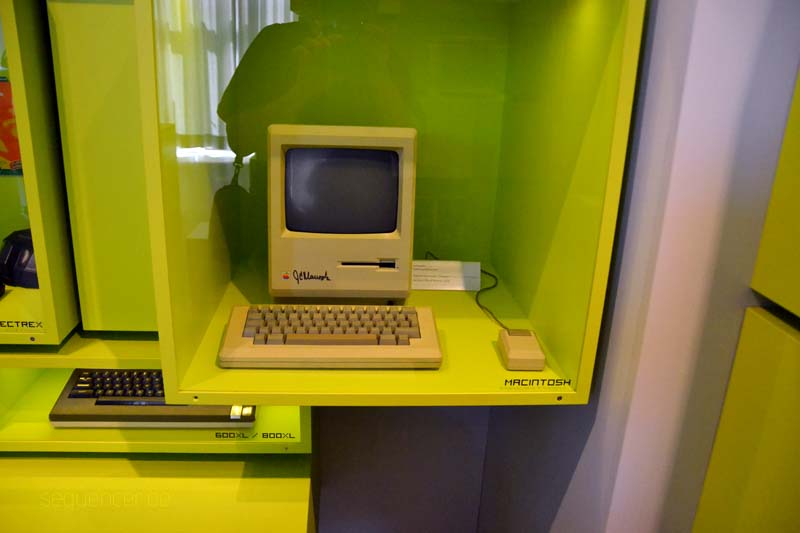8Bit
8 Bit Processors, the early time of Computer CPUs, the 8 Bit comes from the Address bus which can operate with 8 pins (=256 directly addressable "steps"). so the bus width is 8 Bits (means 8 switches in binary 0 or 1 state)
in music this often refers to classic computers of the late 70s and early 80s like the
Commodore C64 or the Apple II Series or even the Sinclair Computers (ZX81, ZX Spectrum etc.)
- The Atari 800XL (Foreground) / Background: Sinclair/Amstrad Spectrum 2+
- Apple IIc
- 2x Apple II - Apple IIe + Standard Apple 2 (also written Apple][, Apple 2 / Apple 2e
- again Apple II Series in Foreground, 8bit DIY base.
- Laser VZ200 Clone by Dick Smith Electronics
- Some 8Bit Computers exept the Atari ST - it's 16 Bit - It's Commodore Plus 4, C64 II, Sinclair Spectrum 2+ by Amstrad (world) / Schneider (germany), Apple II + IIe, Atari 800XL, Laser VZ200 Clone
the C64 eg. had a Sound chip (SID) aboard, which is in fact a 3 voice analog synthesizer. so this also counts in as 8bit sound as well as the Gameboy or other Homecomputer Sound Chips..
There are some Hardware Boards like HardSID and Software Emulations to get the authentic Sound into modern computers, but also real Synthesizer Hardware: The Sidstation by Elektron was based on the SID Chip (which was made by the people who did Ensoniq).
There is also a Music Scene (Micromusic) and some Artist who are very 8Bit and still use C64's, Gameboys and more..
- http://micromusic.net/
- Firestarter (live act) http://www.firestarter-music.de/
- Prophet64 Software Synthesizer for C64 http://www.prophet64.com/
- Zid (artist) http://www.reduced-listening.de/
- Sidstation http://www.sequencer.de/syns/elektron/SIDstation.html
Well the Atari ST and Amiga are of course 16 Bit !!
 so these are just here because they are vintage and meaningful to musicians in 1986 - still 16bit.
so these are just here because they are vintage and meaningful to musicians in 1986 - still 16bit.
the classic Mac wasn't at all affordable but it was 16 bit as well.
lets just show some classics and : TRS80, TI99 4A,Apple II etc..
